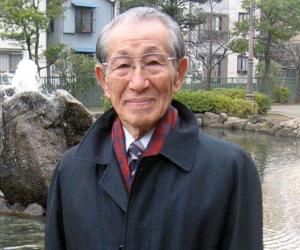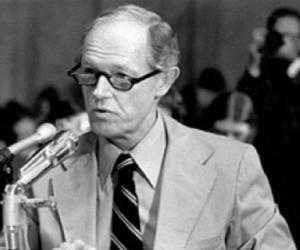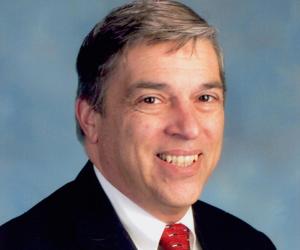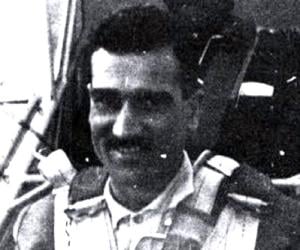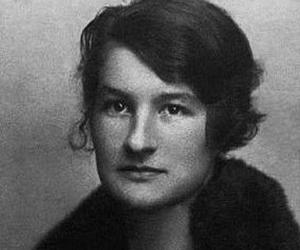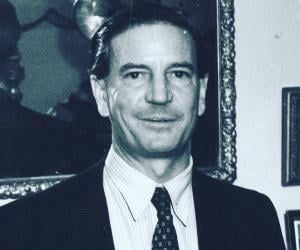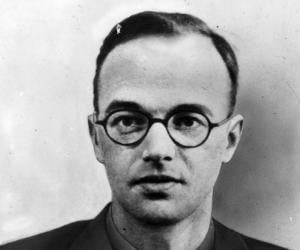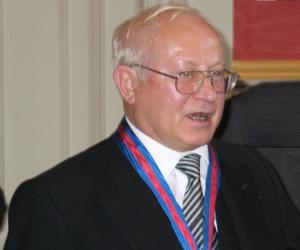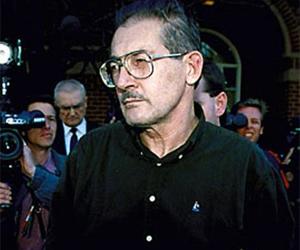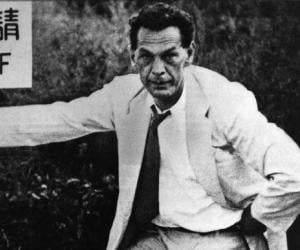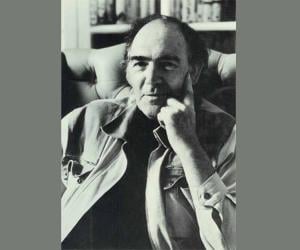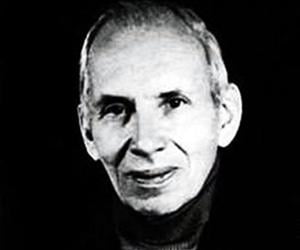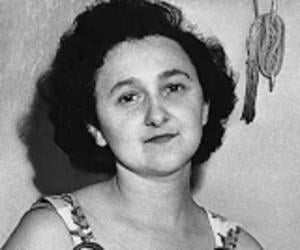
Ethel Rosenberg was an American citizen who was convicted along with Julius Rosenberg of spying in favor of the Soviet Union. Ethel and Julius were convicted of passing top-secret information about sonar, radar, valuable nuclear weapon designs, and jet propulsion engines to the Soviet Union. Julius and Ethel Rosenberg were executed by the American government in 1953.
E. Howard Hunt was an American author and intelligence officer. He is best remembered for his service in the Central Intelligence Agency from 1949 to 1970, during which he served as an officer. E. Howard Hunt was part of the White House Special Investigations Unit during the presidency of Richard Nixon.
Robert Hanssen is a former FBI agent who was convicted of spying against the U.S., for the Russian intelligence agencies. Hanssen reportedly sold countless classified documents containing U.S. nuclear and military strategies. He pleaded guilty to avoid the death penalty. He eventually received 15 life sentences, without parole.
British intelligence officer Kim Philby was also a Soviet double agent. He was part of the spy group known as the Cambridge Five and leaked classified information to the Soviet Union during World War II and the Cold War. He later defected to Moscow and spent his final years there.
German theoretical physicist Klaus Fuchs worked on many significant theoretical calculations relating to the first nuclear weapons. He was also an atomic spy who provided information about nuclear weapons production to the Soviet Union during World War II. He was convicted and jailed for nine years, following which he resumed his career as a physicist.
Aldrich Ames is a former CIA officer who later became a KGB double agent. He was convicted of spying and is currently serving a life sentence. He allegedly worked as a Soviet spy and revealed classified CIA data. He inspired the 1998 film Aldrich Ames: Traitor Within.
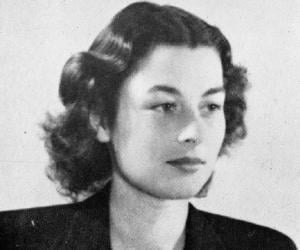
Violette Szabo was a British-French spy who worked as a Special Operations Executive agent during World War II. During her second mission in occupied France, Violette Szabo was captured by the Germans. She was tortured, interrogated, and deported to Ravensbrück, where she was executed on 5 February 1945 at the age of 23.
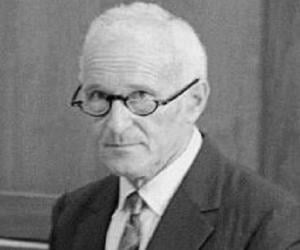
Sidney Gottlieb was an American spymaster and chemist who played a major role in the CIA's mind-control program and assassination attempts during the 1950s and 1960s; the illegal human experimentation program which he headed was called Project MKUltra.
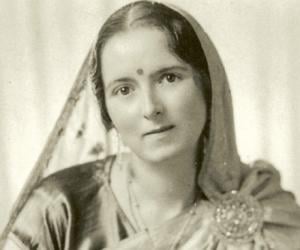
Born in Lyon, Frenchwoman Maximiani Julia Portas later changed her name to Savitri Devi and adopted Nazism. The ardent cat lover earned a PhD in philosophy and later acquired Greek nationality and served as an Axis spy. She claimed Adolf Hitler was an avatar of the Hindu god Vishnu.
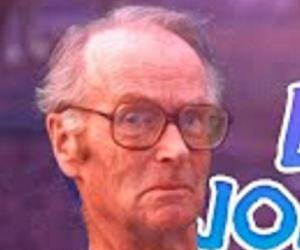
British civil servant John Cairncross is remembered in history as one of the 5 men of the Cambridge spy ring who served as Soviet spies. He had to give up his civil service job amid accusations of him being a Soviet spy. He later began an academic career, teaching at Northwestern University.
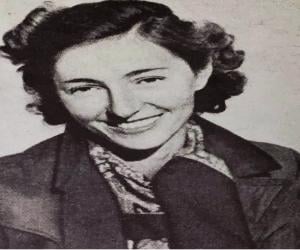
The first and the longest-serving British female secret agent, Krystyna Skarbek was born in Poland. Her contribution to the Allies during World War II won her honors such as the OBE and the Croix de Guerre. She was 37 when she was stabbed to death in a London hotel.
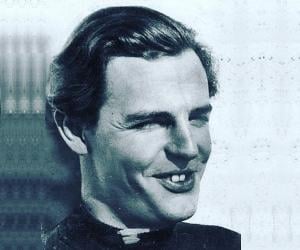
While he was a member of the British Foreign Office, diplomat Donald Maclean was also simultaneously spying for the Soviet Union as part of the Cambridge Five, supplying them confidential information. He eventually vanished from England and reappeared as a Communist in the Soviet Union, years later.
Richard Sorge was a German journalist and Soviet military intelligence officer. He was active before and during the Second World War. He worked undercover in both Nazi Germany and the Empire of Japan under the codename, "Ramsay." He was arrested, tortured, and hanged in 1944. In 1964, he was posthumously awarded the title of Hero of the Soviet Union.
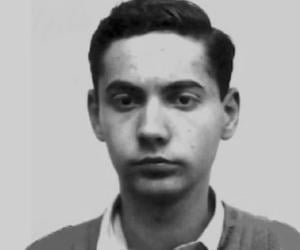
Theodore Hall was an American physicist. He was one of the atomic spies for the Soviet Union during World War II. Hall gave a detailed description of a plutonium bomb named Fat Man to the Soviet Union. He also passed on vital information such as the processes involved for purifying plutonium. His life inspired a documentary titled A Compassionate Spy.
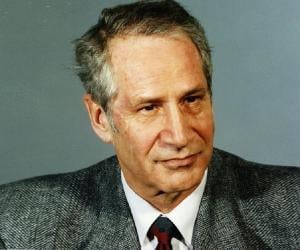
Markus Wolf was a German intelligence officer best remembered for his service as the chief of the Main Directorate for Reconnaissance. He played an important role during the Cold War and is often counted among the most popular spymasters during the war. Thanks to his elusiveness, Markus Wolf was nicknamed the man without a face in the West.
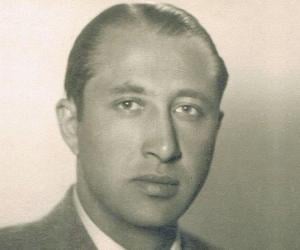
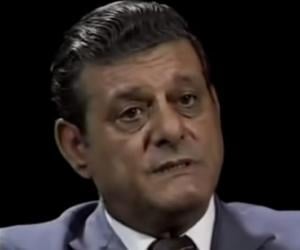
Frank Sturgis was an American spy who worked as an undercover agent for the Central Intelligence Agency. He was counted among the five Watergate burglars whose arrest led to the end of Richard Nixon's presidency. Frank Sturgis served in multiple branches of the US military. He also served in the Cuban Revolution of 1958.
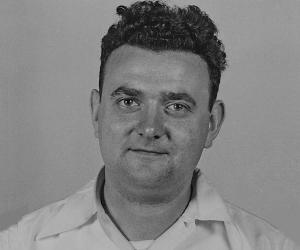
David Greenglass was an atomic spy who worked for the Soviet Union. He was part of the Manhattan Project and was also stationed at the Clinton Engineer Works, a uranium enrichment facility in Tennessee. David Greenglass' testimony helped convict his brother-in-law Julius and his sister Ethel Rosenberg.
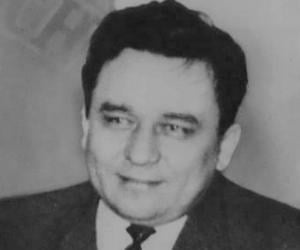
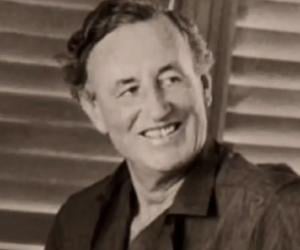
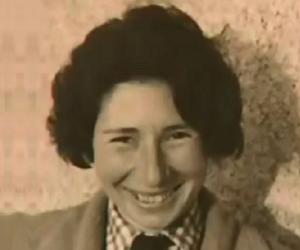
Ursula Kuczynski was a German Communist activist. She is best remembered for her work as a spy for the Soviet Union. She coordinated with Klaus Fuchs, a German atomic spy, who started passing information on the British atomic bomb project through Ursula Kuczynski to the Soviet Union.

Edwin P. Wilson was a former CIA officer who was convicted of illegally selling weapons to Libya in 1983. He also served as an officer in the Office of Naval Intelligence before his conviction. However, his convictions were overturned in 2003 and Edwin P. Wilson was freed in 2004.

Theodore Schurch was a British soldier who was captured and executed under the Treachery Act 1940 after World War II. Theodore Schurch became the only British soldier to be executed for treachery during the war. He was also the last British person to be executed for an offence other than homicide.
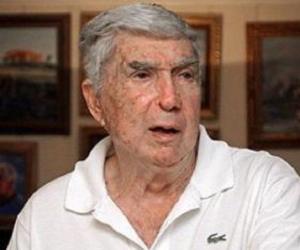

Peter Wright was the longest-serving scientist associated with Britain’s counter-intelligence service, MI5. He soared to fame with his international bestseller, Spycatcher, co-written with author Paul Greengrass, which exposed some major flaws of the MI5. He spent his final years in Australia and also became an Australian citizen.
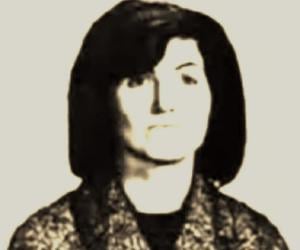
Tamara Bunke was an Argentine-born East German spy and revolutionary. She played an important role in the Cuban government and in various revolutionary movements across Latin America. She also fought during the Bolivian insurgency and was killed in an ambush by Bolivian Army Rangers while fighting alongside communist guerrillas led by Che Guevara.

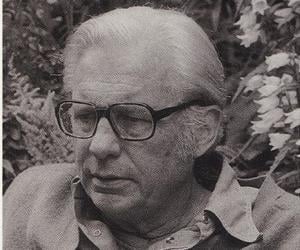
Miles Copeland, Jr. was an American businessman, musician, and Central Intelligence Agency officer. He is remembered for his close friendship with Gamal Abdel Nasser and his famous books on intelligence. Miles Copeland, Jr. played important role in the March 1949 Syrian coup d'état as well as in the 28 Mordad coup d'état, participating in many covert operations in the process.
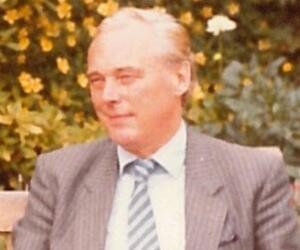
British civil servant John Vassall became a Soviet spy after facing blackmail from the KGB, which threatened to reveal his homosexuality. Initially a war photographer for the RAF, he later assisted the British naval attaché in Moscow. Released after a 10-year imprisonment for his crimes, he changed his surname and settled in London.
John Gardner was an English spy and author. He is best remembered for his thriller novels, including the continuation novels containing Ian Fleming's iconic character James Bond and Sir Arthur Conan Doyle's villain Professor James Moriarty. John Gardner wrote over 50 works of fiction, including 14 original James Bond novels.
American chemical engineer George Koval was one of the most significant Soviet spies of the 20th century. Born to Belarusian immigrants in Iowa, Koval later moved to Russia with his family. Codenamed Delmar, he later worked in the U.S. atomic laboratories and supplied classified information to Russia.
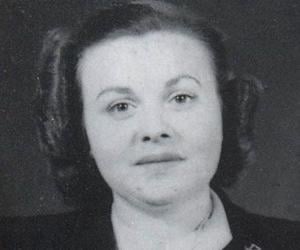


Harro Schulze-Boysen was a German publicist and military officer who was active during the Second World War. He is credited with publishing a left-leaning political magazine called Der Gegner (The Opponent). Personalities like Karl Korsch, Ernst von Salomon, and Raoul Hausmann among others contributed to the content of the magazine.
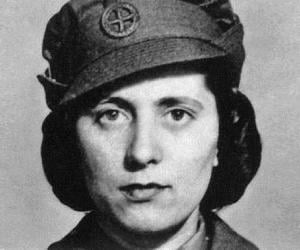
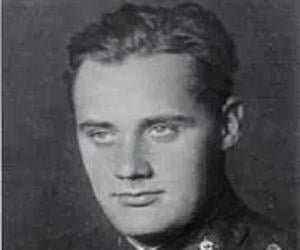
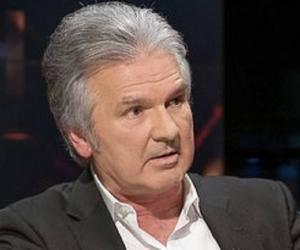
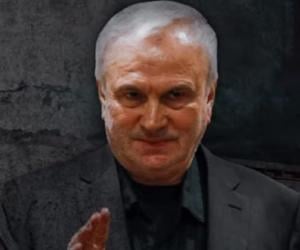
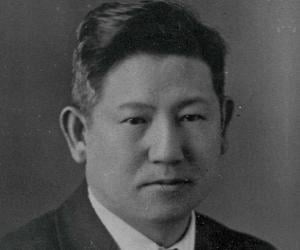
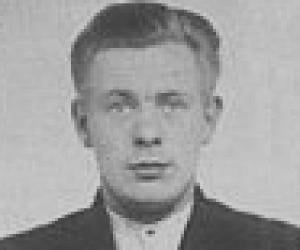
Duncan Scott-Ford was a British merchant seaman. He was accused of passing vital information to an enemy agent during World War II, for which he was executed on 3 November 1942 at the age of 21. Duncan Scott-Ford was part of the Royal Navy and Merchant Navy prior to his execution.
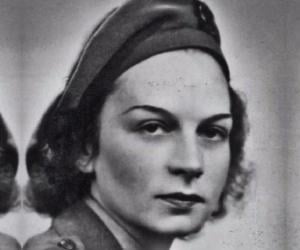
Eileen Nearne was a Special Operations Executive agent during the Second World War. She served as a radio operator in occupied France, for which she was honored by the French government with the Croix de Guerre after the war.
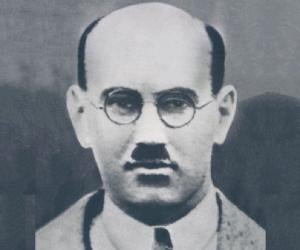
British physicist Alan Nunn May went down in history as a traitor who betrayed Britain and the U.S. by passing on confidential information about the Manhattan Project, or the development of the atom bomb, to the Soviet Union, as a spy. Sentenced to 10 years of hard labor, he served 6.
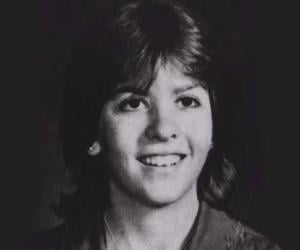
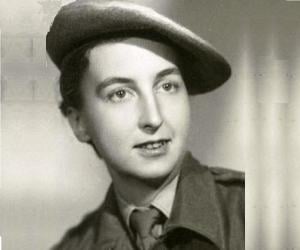
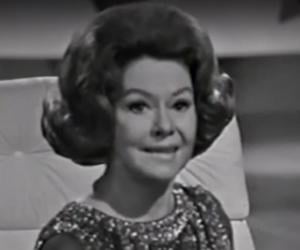

Benita von Falkenhayn was a German baroness best remembered for her role as a spy for the Republic of Poland. She is also remembered for her association with Major Jerzy Sosnowski, who encouraged her to obtain secret documents pertaining to German's invasion of Poland. Benita von Falkenhayn was found guilty of treason and espionage and was sentenced to death.
